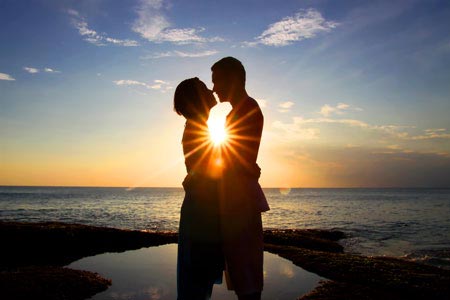I learned that there are tons and tons of cameras out there. They range from small little flip cameras, to Go pro cameras, to DSLR cameras, to HD professional video cameras, to expensive digital movie and film cameras. There are different types of sensors, and different sized sensors. Different cameras render color differently.
Lighting is very important in a film. Lighting sets the mood of the film. It directs the views eye. It creates emotion. It gives life to a film. Different lights have different effects and different shadows. Lighting wide shots are much harder than lighting close ups.
Video production is extremely time consuming. If you do not have a passion for film making, then you shouldn’t be in it. You have to love it. Not just want to do it. It has to be your life. It takes forever to write a script, do a shot list, floor plan, story board, figure out lighting, location scouting, finding actors, finding a crew, finding the right times to shoot, shooting, and editing. It’s not something that you can just do overnight. It takes effort and hard work. Most people just think that you come up with a video idea, then film some actors doing what they need to do. They are wrong. Pre visualizing and pre production are what sets a professional film apart from billy bob trying to make a short youtube video. It shows in the outcome. You can tell the different between someone who has planned their film, vs someone who just showed up and screwed around.
I learned about myself that I have potential. A month ahead of time for a film isn’t long enough for me. I have big dreams. Before I took this class, I did not want to direct. I wanted to edit. Now my brain has totally been rewired. I think differently and see the world differently. I am inspired. I cannot even watch a movie in the theaters anymore without breaking down the shots. Movie going has almost been ruined for entertainment. Now though, a lot of shots I see inspire me and make me want to make more films.























